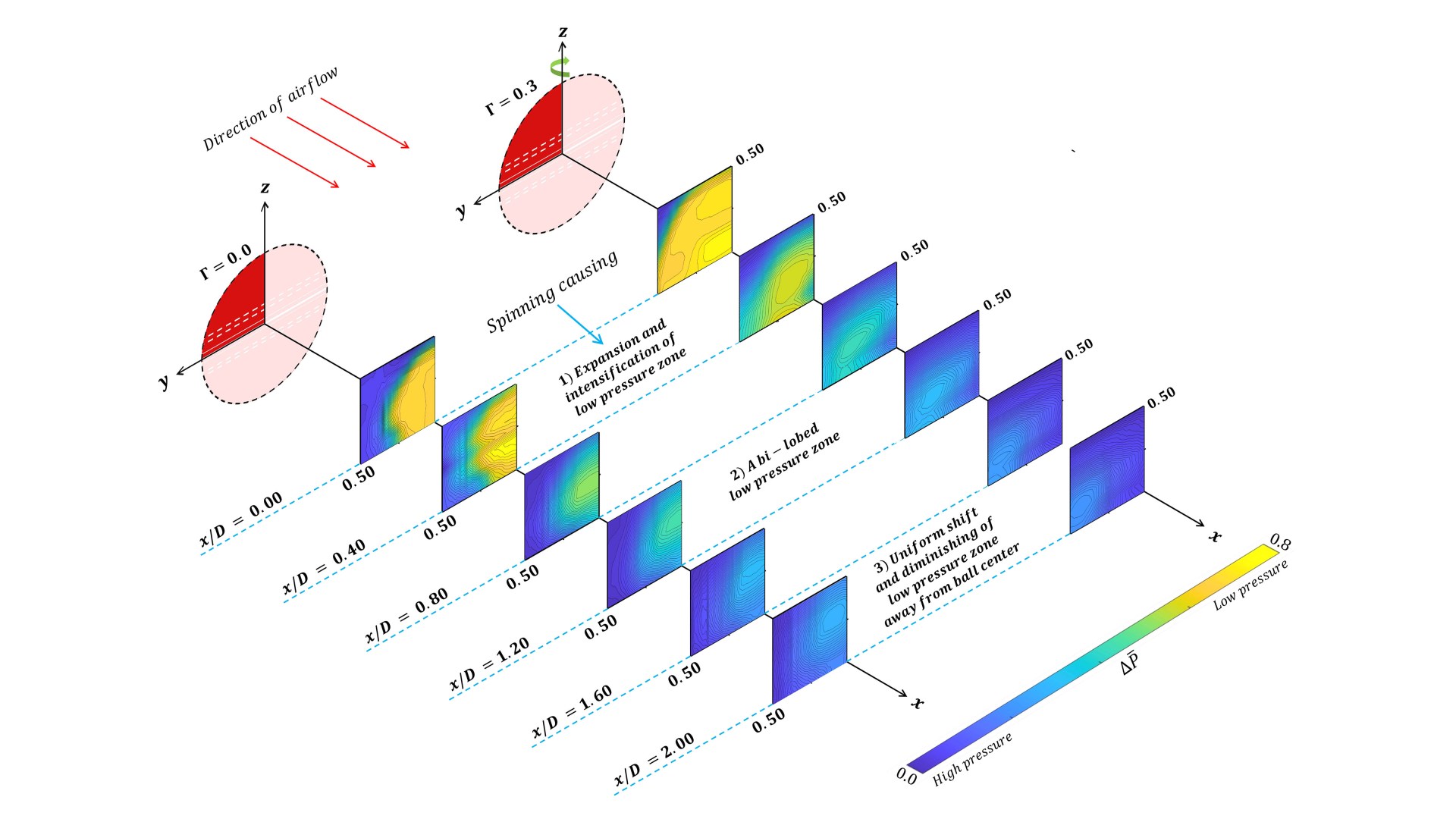A key strategy in winning a cricket match is to outsmart the opposing team’s batsmen, which isn’t easy when bowlers are hurling balls at nearly 100 miles per hour.
In recent years, a bowling technique has gained popularity where the bowler’s arm stays almost horizontal during delivery—a style famously used by Sri Lankan fast-bowling stars Lasith Malinga and Matheesha Pathirana. The aerodynamics of this technique have puzzled sports scientists.
Researchers have begun to understand why this type of bowling is so hard to hit. By using a wind tunnel, the research team studied how the spinning of the ball, caused by the near-horizontal bowling action, changes the surrounding air pressure, making the ball difficult for batters to play.
“The unique and unorthodox bowling styles demonstrated by cricketers have drawn significant attention, particularly emphasizing their proficiency with a new ball in early stages of a match,” said author Kizhakkelan Sudhakaran Siddharth.
“Their bowling techniques frequently deceive batsmen, rendering these bowlers effective throughout all phases of a match in almost all formats of the game.”
The relationship between ball spin and Reynolds number
How much and in what way a cricket ball curves (or “jukes”) during its flight depends a lot on the relationship between the ball’s spin and something called the Reynolds number. This is a measure that combines factors like air density, the size of the ball, airspeed, and air viscosity.
To investigate this, the research team used a special device called a wake survey rake, which is made up of several tubes that capture pressure changes behind the ball. They also used an imaging system to detect these pressure changes, which were measured by connected manometers.
The study focused on the flow dynamics of cricket balls spinning at up to 2,500 revolutions per minute in a wind tunnel.

“The simultaneous traversal-imaging technique combined with the traditional manometers utilized in this study yielded remarkable precision, exceeding all expectations,” Siddharth said in the press release.
“This demonstrated to be an outstanding approach for replicating the intricate and dynamic situations experienced in sports contexts within a wind tunnel setting.”
The Magnus effect: Changing direction in midair
Fast bowling in cricket involves a complex, three-dimensional movement of the trunk, upper, and lower limbs as the bowler tries to achieve maximum ball speed. During the final stride before releasing the ball, fast bowlers experience ground reaction forces—up to three times their body weight when their back foot lands, and up to nine times their body weight when their front foot lands.
The researchers discovered that when the ball spins, low-pressure zones around it expand and become stronger, while these zones shift and weaken as they move further behind the ball. At higher spin rates, the low-pressure area starts to take on a distinct two-lobed shape.
These findings support the idea that modern bowling techniques use the Magnus effect, in which the ball’s high-speed spin causes it to change direction in midair.
This study has been published in the journal Physics of Fluids.
ABOUT THE EDITOR
Srishti Gupta Srishti studied English literature at the University of Delhi and has since then realized it’s not her cup of tea. She has been an editor in every space and content type imaginable, from children’s books to journal articles. She enjoys popular culture, reading contemporary fiction and nonfiction, crafts, and spending time with her cats. With a keen interest in science, Srishti is particularly drawn to beats covering medicine, sustainability, gene studies, and anything biology-related.















